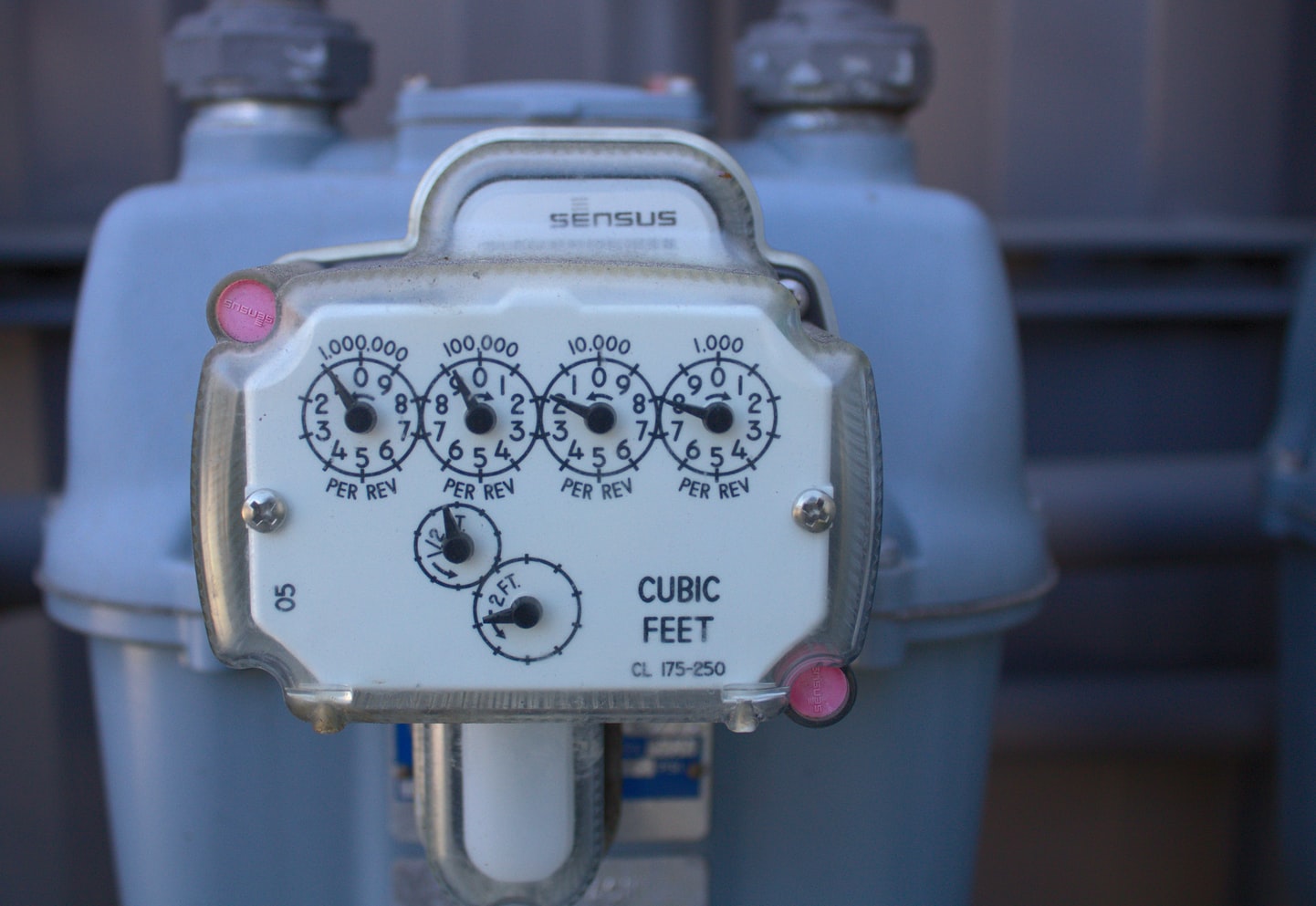Natural gas is marketed and traded on a variety of bases in different global marketplaces. Acknowledging gas pricing ideas is critical for energy firms, carriers, users, and regulators as oil and gas become an essential energy source.
With the likelihood of higher energy costs in the coming years and impending issues such as catastrophic climate and oil and gas price spikes, any decline in the prices cannot be predicted. As a result, securing gas contracts sooner rather than later can exclude you from anticipated price hikes.
In places with several sellers and purchasers of gas, supply and demand have the most significant impact on negotiated rates. Dealers may establish costs at a specialized manual or electronic exchanges in nations with commodity markets, which will rate gasoline at location-specific platforms.
Gasoline Industries around the Globe
The global natural gas industry can be categorized into four distinct segments. Following are the details of the mentioned categories:
1. Gas-on-gas Pricing
Geographical gas producers and consumers determine gasoline prices under this category. Here gasoline produced at one site competes with another gasoline produced somewhere else, thus the phrase “gas-on-gas pricing.”
North America, the United Kingdom, and northwestern Europe are included in this category. Group 1 areas are marked by vast numbers of customers and sellers trading primarily without government interference.
Gas is marketed via open exchanges, with defined standard or hub rates that are transparent, easily accessible, and updated periodically. Infrastructure is publicly available, and utilization costs are either controlled or competitively priced.
2. Indexed Costs to Substitute Energy Rates
Southern and Central Europe, South Africa, and southeast Asia constitute the second category of gas consumers to a minor degree. There is a modest but increasing gasoline infrastructure in these regions.
There are a few gas warehouses and a burgeoning gas trading business. On the other hand, most gasoline is still charged concerning other energy sources such as oil, coal, and sometimes even electricity. These are all expressly linked by the algorithm in the bulk of long-term contracts.
Gas producers may persuade hesitant purchasers to convert to gas instead of conventional fuels like coal and oil. They can do it by integrating the marketplaces and guaranteeing the formula valued gasoline at energy equivalent savings. Linking also creates the impression that energy items may be exchanged for one another, and as the cost of the alternative energy product fluctuates, so do formula-linked gasoline prices.
3. Pure Oil-Linked Costs
This category includes conventional LNG industries in North Asia, such as Japan, Korea, and Taiwan, and new LNG economies, like India and China, adopting this paradigm. Apart from China, the North Asian areas have a few indigenous energy supplies and cannot import gasoline through pipelines. So the LNG imports account for nearly all of the gasoline.
China has solid domestic generation and pipeline supplies. However, its expanding LNG lengthy leased gas is primarily regulated on a petroleum linkage program similar to Japan’s, which Korea and Taiwan have also adopted.
4. Regulated Markets
Most of the globe is dominated by regulated markets, with gasoline marketplaces still in their infancy and heavily monitored by the state. The state owns all assets, either individually or through a national oil firm.
In the sale and price of gas, the private industry plays a minor role. In regulated markets, gasoline prices can be determined either regionally or geographically. The authorities manage variations in supplier pricing, and all provision is contributed to a reservoir of gas volumes offered to people.

